In 1992, you approach a red and blue arcade cabinet with music that is reminiscent of the popular EDM dance scene at the time. You see a dragon inscription with 2 men in ninja costumes that are red and blue for the correlation of the cabinet. Then you see the misspelled name of Mortal Kombat, but just wait, because when you play, it will be a no-mercy bout and a test of your might. The origin of this game will spawn a cultural and industry titan of brutality, but memories.
Ed Boone, the father of Mortal Kombat and Midway Studios wanted it to be a quick project that was a cheap but possibly innovative game, which led to everyone on the team having their expectations exceeded. However, its moniker was changed a total of four times, with these being: Kumite, Dragon Attack, Death Blow, and Fatality. But pinball maker Steve Rithvie came up with the name in Ed Boone’s office. The original game was written to be centered around action film star Jeanne Claude Van Damme but rewrote it due to his involvement with their Rivals, Street Fighter: The Movie. The game didn’t just stop using actors with its masterful game design.
The game’s assets and sprites are composed of real actors that were filmed doing the arsenal of each character. This was huge for the industry as a whole because it was as close to in-game realism as possible. For the boss characters like Goro, they used claymation figures to transfer in-human characters to the screen. The backgrounds, however, never matched the lighting, so it ended up being like the modern Marvel movies. Longtime fan, D’Arque Bishop believes that due to lack of variety, the effects of the visual were two-fold, “ To be honest, there weren’t any out there to begin with Street Fighter 2, Mortal Kombat, and 2 other SNK games,” They proceed by also saying, “But the appeal was twofold: the use of digitized actors which made it more realistic.”
The combat in the original Mortal Kombat wasn’t as variable compared to Street Fighter 2 but had more of a selection than the first one. The game is based around more offense and also flashiness. The flashiness factors in the violence and speed elements. However what made the characters unique was they had multiple grabs unlike SNK, which had only one. Usually, the alternate grabs spanned across the arena, but the biggest reason for its popularity was because each character had their own movesets and fighting style. This meant everyone could have accessibility. An anonymous source who has proceeded throughout the PS2 era, explains that the appeal to the combat is the overall aesthetic. “I’d also add that the aesthetic of the first game was mostly based on old Kung Fu movies, even in combat.”
Even though most first games within the series don’t make as much waves as their predecessors, this game was a revolutionary tale of how games could be used in a way to connect Hollywood. However, the amount of influence and the legacy this game created is a fraction of what it did.



![[Review] Bloodywood - Nu Delhi](https://fohssignal.net/wp-content/uploads/2025/05/Nu_Delhi.jpg)
![[Review] Tool - 10,000 Days](https://fohssignal.net/wp-content/uploads/2025/05/10000Days.jpg)
![[Review] Baroness- Gold and Grey](https://fohssignal.net/wp-content/uploads/2025/05/a0534473864_16.jpg)
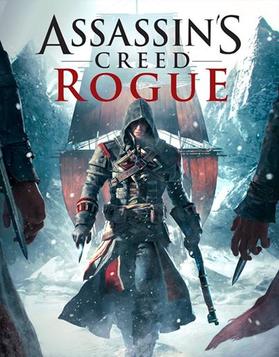
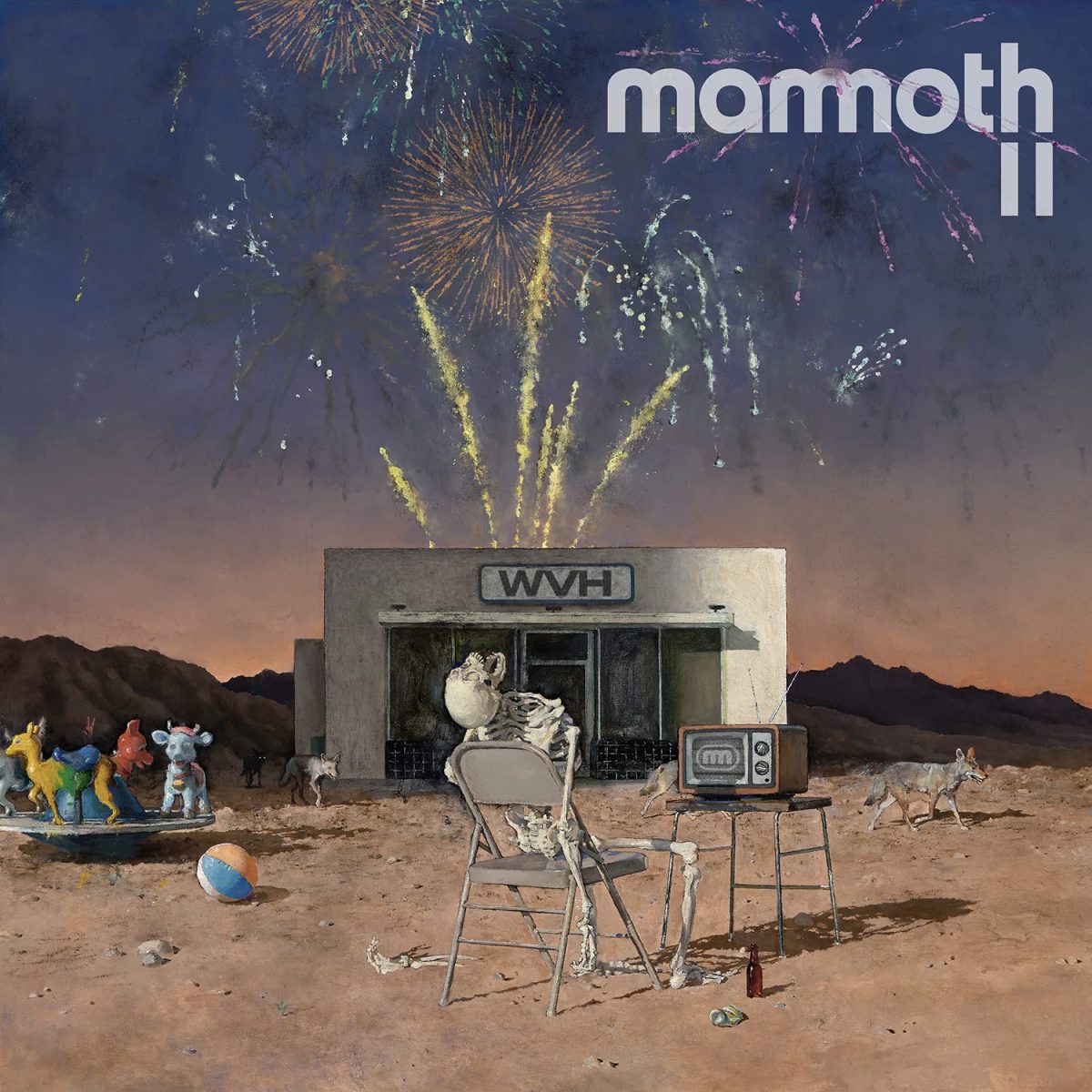
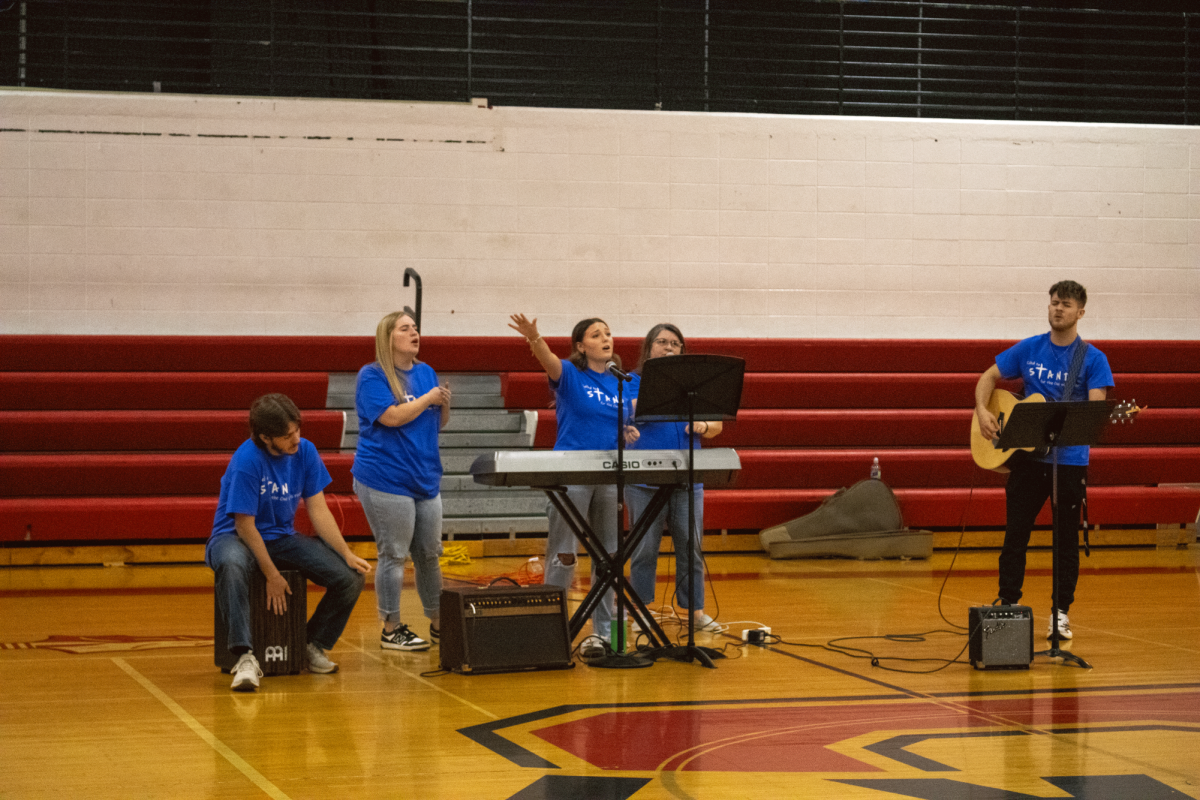
![[Review] The Life List](https://fohssignal.net/wp-content/uploads/2025/04/download-22.jpeg)
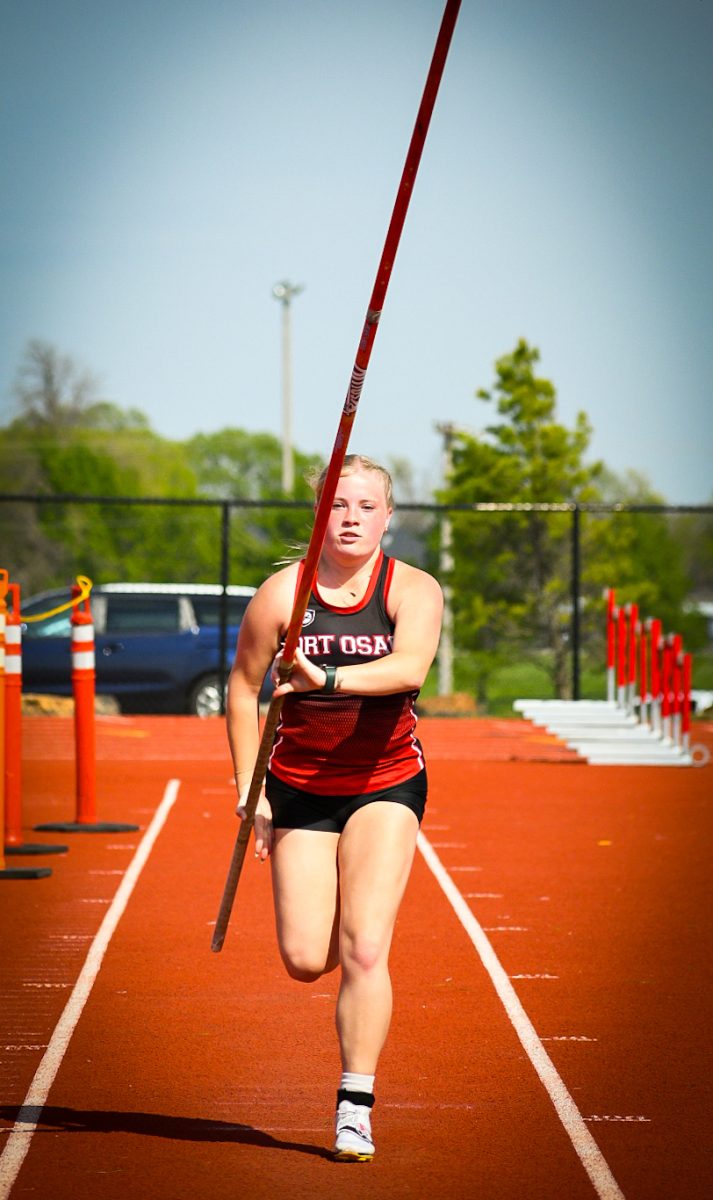

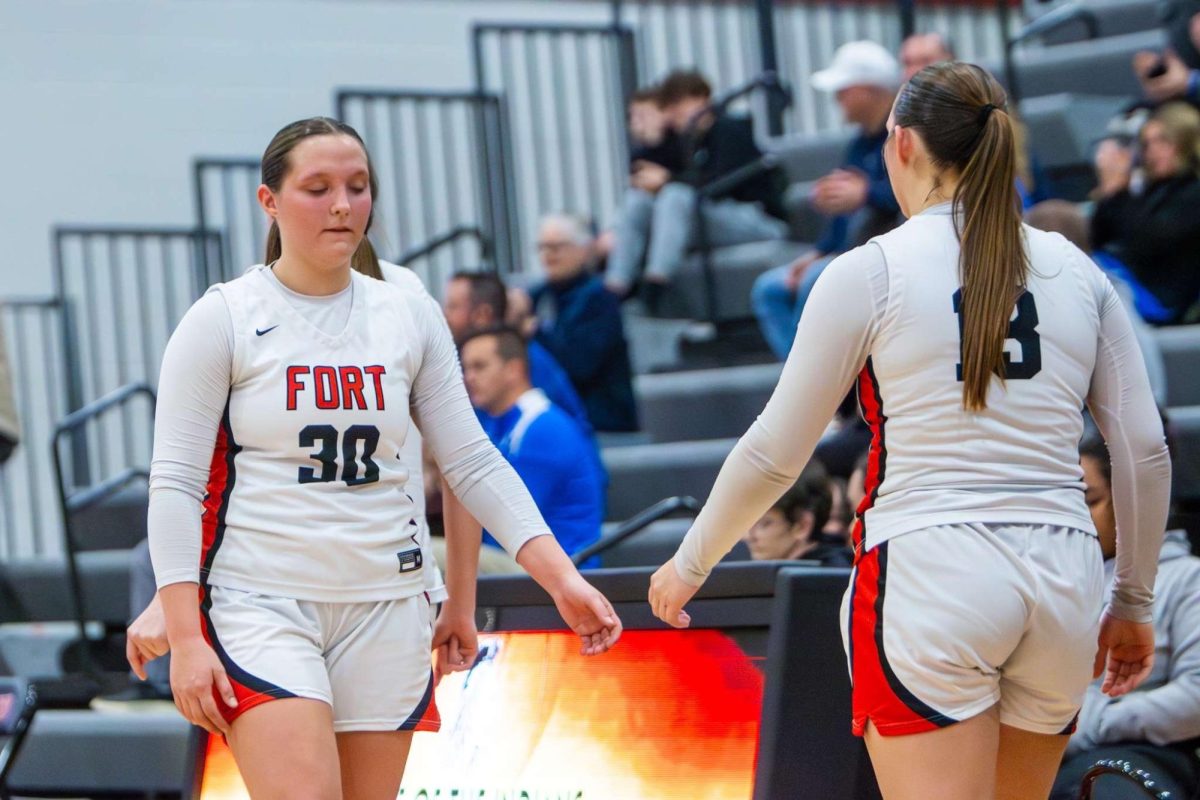

![[Review] Architects- For Those That Wish To Exist (Live at Albert Hall)](https://fohssignal.net/wp-content/uploads/2025/05/ArchitectsFTTWTE.jpg)
![[Retrospective] Darksiders 2](https://fohssignal.net/wp-content/uploads/2025/04/images-3.jpeg)
![[Retrospective] Street Fighter 3](https://fohssignal.net/wp-content/uploads/2025/04/images-2.jpeg)
![[Retrospective]-Mortal Kombat 2](https://fohssignal.net/wp-content/uploads/2025/04/IMG_7861.png)
![[Review] A complete unknown](https://fohssignal.net/wp-content/uploads/2025/03/download-21.jpeg)
![[Restrospective] Bloodbourne: The Old Hunters DLC](https://fohssignal.net/wp-content/uploads/2025/03/IMG_7839.jpg)
